IEC Standards for Solar Panel Installation: What Installers Must Know
Solar power systems are a critical part of the global shift to renewable energy. As more homes and businesses turn to solar, safety and performance become non-negotiable. That’s where IEC standards for solar panel installation come into play. These standards ensure that solar installations are efficient, reliable, and safe. Installers, engineers, and contractors must understand these standards to deliver quality systems and stay compliant with local and international regulations.

Why IEC Standards for Solar Panel Installation Are Essential
The International Electrotechnical Commission (IEC) sets global standards for electrical and electronic systems. For solar installations, these standards cover the design, installation, testing, and maintenance of photovoltaic (PV) systems. Adhering to IEC standards for solar panel installation ensures better system performance and reduces risks of fire, electric shock, and failure.
IEC standards are widely accepted across countries, especially where national regulations are aligned with international norms. Installers who understand and apply these standards are better equipped to meet quality benchmarks and win customer trust.
Overview of Key IEC Standards for Solar Panel Installation
Different components and stages of a solar PV system are governed by specific IEC standards. The table below lists some critical standards:
| IEC Standard | Description | Application |
|---|---|---|
| IEC 61215 | Performance testing of crystalline silicon PV modules | Ensures durability and output reliability |
| IEC 61730 | Safety qualification for PV modules | Reduces risk of fire and electric shock |
| IEC 60364-7-712 | Electrical installation of PV systems | Covers wiring, protection, and isolation requirements |
| IEC 62548 | Design guidelines for PV arrays | Offers layout and configuration rules |
| IEC 62446 | System documentation and commissioning | Guides on system verification and testing |
| IEC 62852 | Connectors for PV systems | Ensures secure and standardized connections |
Understanding IEC 61215 for Solar Panels
IEC 61215 is one of the most referenced IEC standards for solar panel systems. It focuses on the performance and quality of crystalline silicon PV modules. It includes accelerated stress testing that simulates 20-25 years of real-world use.
The standard ensures modules can withstand:
- Thermal cycling
- Humidity freeze
- Mechanical load
- UV exposure
This testing confirms long-term energy yield, an essential factor for solar investors and homeowners.
IEC 61730: Safety First
While IEC 61215 focuses on performance, IEC 61730 is all about safety. It defines the construction and testing of PV modules to ensure they do not pose electrical or fire hazards.
It requires:
- Grounding and insulation testing
- Fire safety validation
- Overvoltage protection
Installers must choose modules certified under IEC 61730 to reduce on-site risks and ensure long-term safety.
Electrical Wiring and Installation: IEC 60364-7-712
IEC 60364-7-712 is a key document for the actual electrical installation of PV systems. It addresses wiring sizes, cable layout, circuit protection, and earthing. Some key guidelines include:
- Use double-insulated cables suitable for outdoor exposure
- Install string fuses or breakers to prevent overcurrent damage
- Ensure proper surge protection
- Provide clear labeling for maintenance teams
Following this standard helps avoid common issues like overheating cables or accidental backfeed into the grid.
Design Matters: IEC 62548
System performance depends heavily on correct array design. IEC 62548 provides design rules for solar panel layout, including spacing, tilt angle, and configuration.
Installers should consider:
- Minimizing shading and mismatch losses
- Proper series-parallel design to meet voltage and current limits
- Thermal expansion and mounting tolerances
Adhering to IEC 62548 helps achieve maximum output while maintaining structural and electrical integrity.
Commissioning and Documentation: IEC 62446
Commissioning is often overlooked, but it is vital. IEC 62446 mandates that every system installation be documented and verified before handover.
It includes:
- System testing (insulation resistance, polarity check)
- Photographic documentation
- Single-line diagrams
- Maintenance instructions
This standard is crucial for troubleshooting and future system upgrades. Installers should always create a commissioning report based on IEC 62446 guidelines.
Importance of IEC 62852 for Connectors
Connectors may seem minor, but they are frequent points of failure. IEC 62852 defines the standards for PV connectors, including mechanical strength, temperature tolerance, and locking mechanisms.
Connectors must:
- Handle outdoor conditions without degrading
- Prevent arcing and resist corrosion
- Be compatible with the cable and terminal block
Installers should only use connectors tested and marked per IEC 62852. This ensures long-term system safety and reduces fire hazards.
Certification and Compliance
To meet IEC standards, modules and components must be certified by recognized test labs like TÜV, UL, or Intertek. Installers should verify certificates and avoid using counterfeit or substandard products.
Installers also need to maintain compliance documents, which may be required during grid connection, warranty claims, or audits.
Key Takeaways for Solar Installers
Understanding and applying IEC standards for solar panel installation is not just a formality. It is essential for:
- Ensuring system performance
- Reducing risks
- Building customer trust
- Achieving regulatory approvals
Here’s a summary of what installers must do:
| Task | IEC Standard | Purpose |
|---|---|---|
| Select quality PV modules | IEC 61215 & IEC 61730 | Performance and safety |
| Follow safe wiring practices | IEC 60364-7-712 | Electrical safety |
| Optimize array layout | IEC 62548 | Maximize energy generation |
| Provide commissioning reports | IEC 62446 | Handover documentation |
| Use approved connectors | IEC 62852 | Reliable long-term operation |
Final Thoughts on IEC Standards for Solar Panel Installation
IEC standards are the backbone of reliable and safe solar energy systems. For installers, understanding these standards is not just about compliance—it’s about professionalism and responsibility.
When systems are installed per IEC standards for solar panel setups, they perform better, last longer, and provide better ROI to customers. In a competitive solar market, this knowledge can set you apart.
Follow Us on Social:
Subscribe our Newsletter on Electrical Insights to get the latest updates in Electrical Engineering.
#IECStandards, #SolarPanelInstallation, #SolarEnergy, #RenewableEnergyStandards, #SolarCompliance, #IEC61215, #IEC61730, #SolarSafety, #CleanEnergy, #SolarSystemStandards, #SolarPowerGuidelines, #IECStandardsSolar, #GreenEnergyCompliance, #SolarPanelTesting, #InternationalStandards

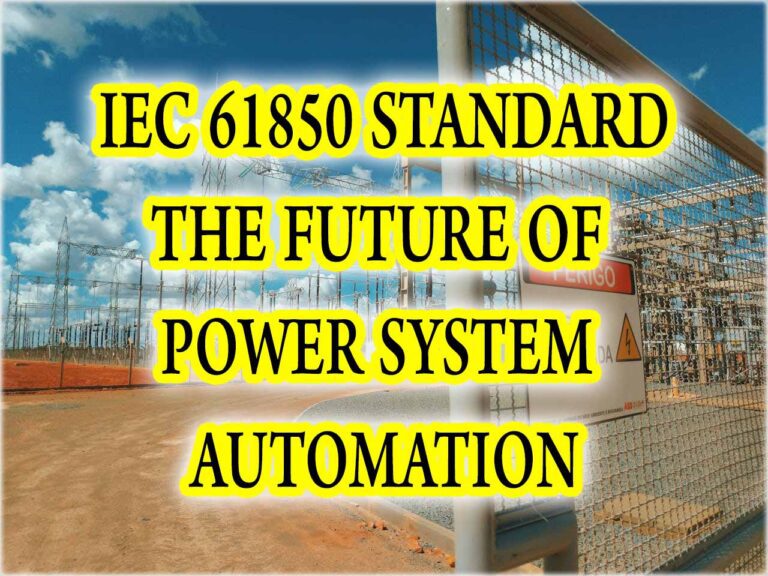
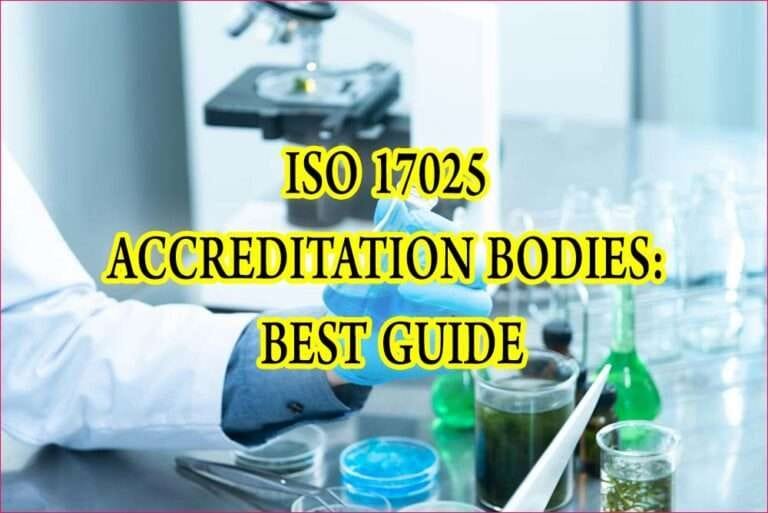
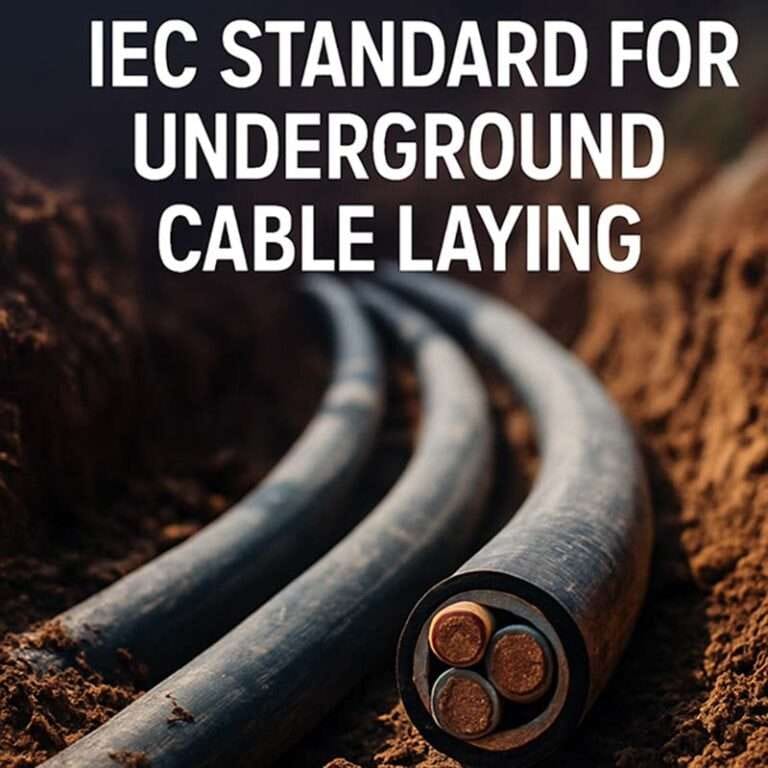
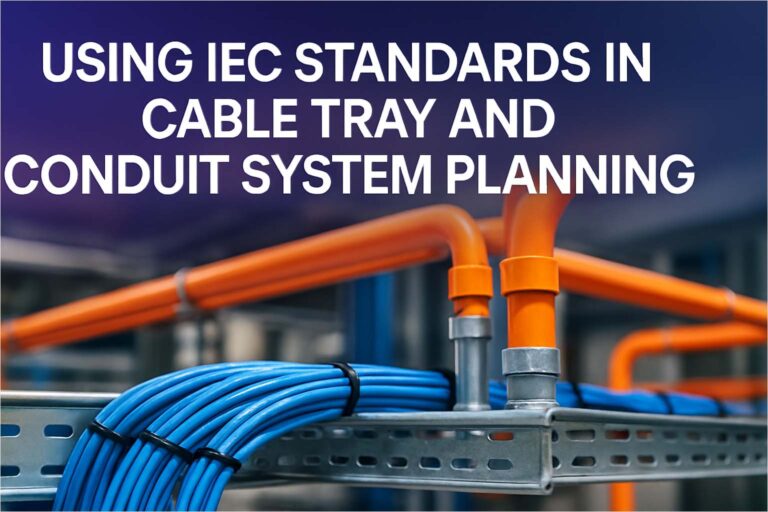
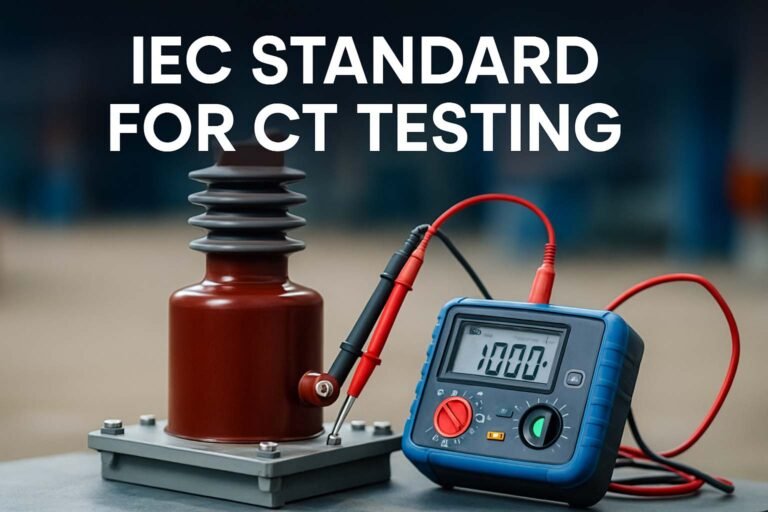

yay google is my queen aided me to find this outstanding internet site! .